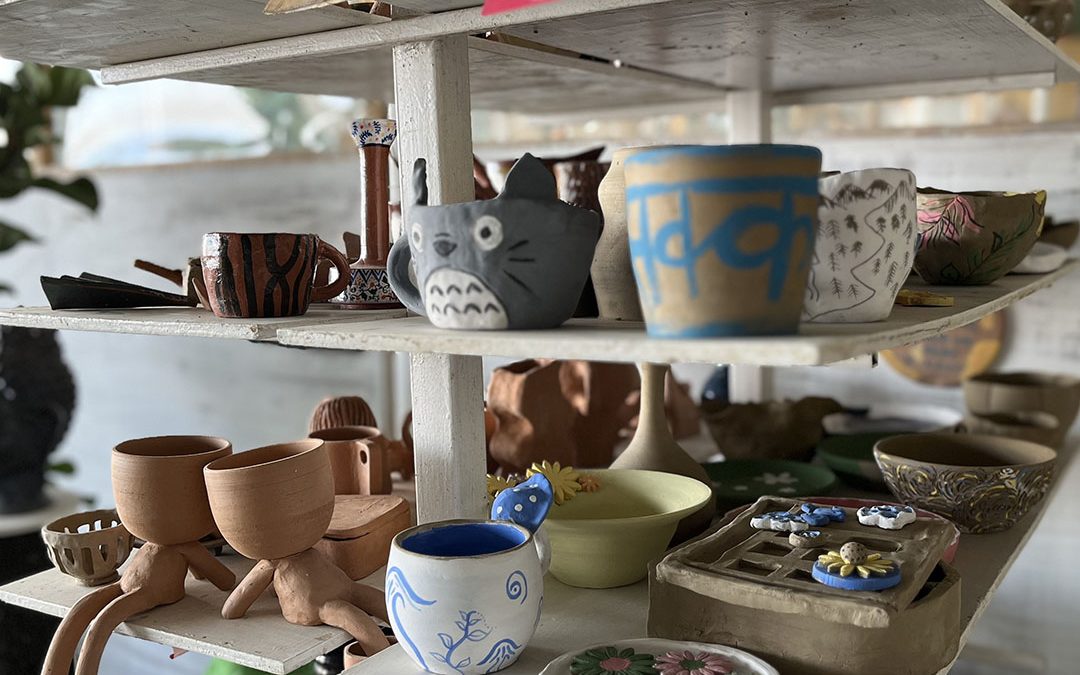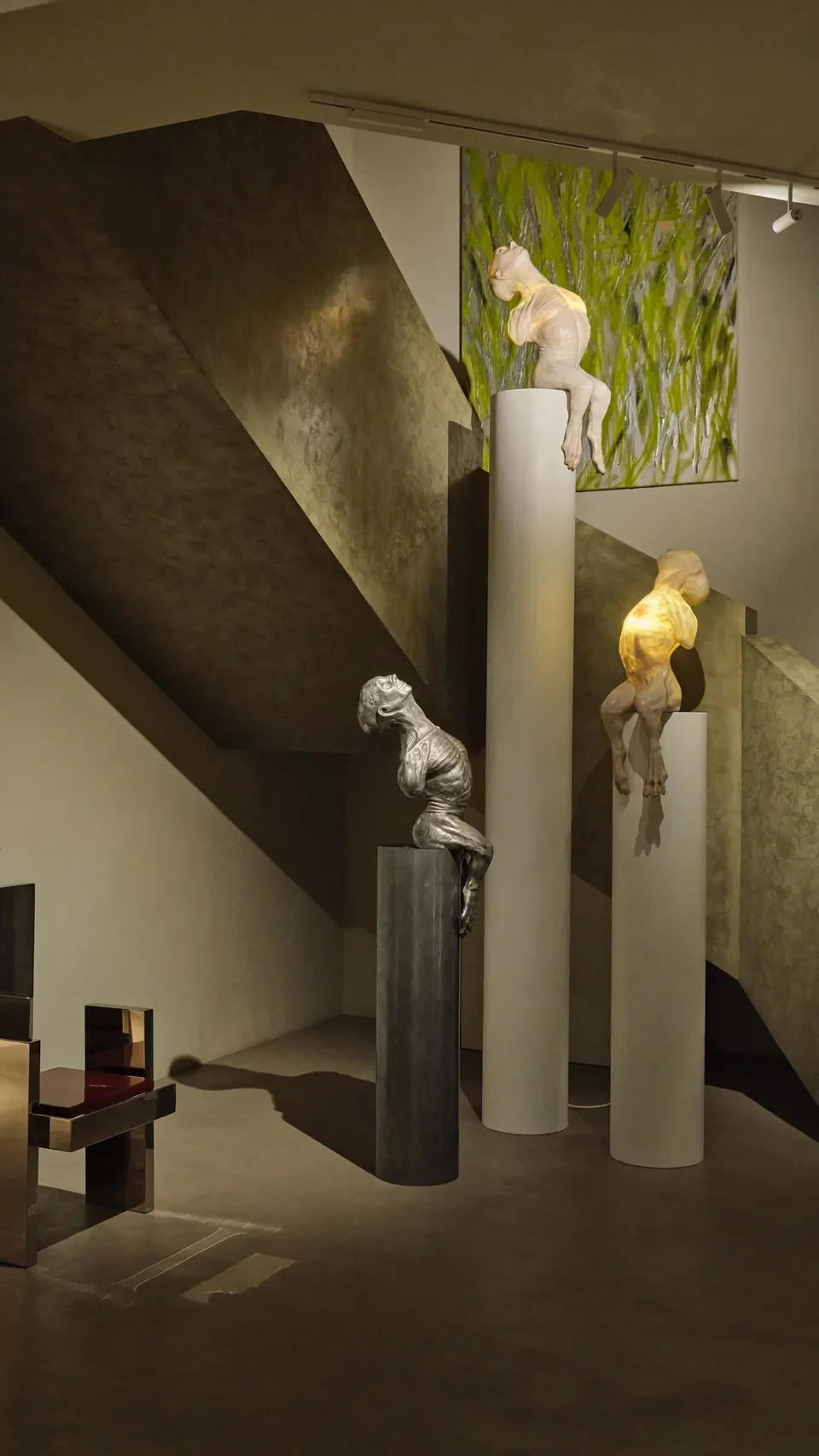The Art of Atmosphere: How 2025 Homes Are Becoming Creative Retreats

The Art of Atmosphere: How 2025 Homes Are Becoming Creative Retreats
If you ask interior designers what defines home décor in 2025, you’ll hear one word repeated again and again: atmosphere. Not style. Not aesthetics. Not even comfort. Today’s décor movement is about sculpting an emotional landscape within your home—an environment that feels intentional, expressive, and deeply personal. Homes are no longer backdrops to our lives; they’re immersive retreats designed to enhance our routines, anchor our identities, and spark creativity every single day.
One of the most intriguing transformations is the rise of “experiential rooms.” Instead of focusing on “living room,” “bedroom,” or “study,” people are designing spaces around how they want to feel. A corner for inspiration, a nook for reflection, a room for social energy. Imagine a sunlit niche filled with floor pillows and art books, functioning as a daily creative recharge zone. Or an evening relaxation enclave with ambient projectors, essential oil diffusers, and warm-toned lamps that melt away stress like a ritual. These micro-experiences give homes a sense of rhythm—like chapters in a story.

Color has also undergone a revolution. The sterile minimalism of past years has given way to “earthy maximalism,” a movement that embraces colors drawn from soil, sky, stone, and flora. Deep ochres, moss greens, clay reds, twilight blues, and storm-cloud greys anchor rooms with a grounded, elemental feel. People are painting half-walls, curved archways, ceilings, and even door trims to add personality without overwhelming the senses. Instead of a perfect palette, homes now feature “color conversations”—shades that echo, contrast, or playfully interrupt each other.
Textures are becoming storytellers too. 2025 homes are filled with surfaces that invite touch: slubby linen drapes that flutter with every light breeze, rugged stone trays, buttery leather ottomans, rough-hewn wooden shelves, ribbed tiles with subtle shadows, boucle cushions shaped like tiny sculptures. This layering of tactile sensations creates a cozy richness that turns even the simplest apartment into a sensory haven. People want homes that feel alive—not staged.
Furniture has also stepped into a new role. Instead of static pieces, homeowners are embracing modular design—transformable couches, adjustable-height coffee tables, stackable stools, rotating bookshelves, and expandable dining sets. These agile furnishings make spaces more fluid, allowing them to shift from work to leisure to hosting at a moment’s notice. Small homes especially are thriving with this movement: multifunctionality is the new aesthetic.
Meanwhile, nature is entering homes in bolder ways. 2025 décor isn’t just about houseplants—it’s about biophilic architecture. Think interior stone fountains, moss art panels, hand-painted botanical murals, natural light tunnels, or window shelves designed solely for plant clusters. Even scents and soundscapes are inspired by nature: rain-pattern playlists, cedarwood diffusers, oceanwave projectors. Homes are becoming ecosystems that soothe the nervous system.
Objects, too, are getting more personal. The trend of “intimate curation” encourages homeowners to surround themselves with items that hold emotional weight. A handmade journal on the coffee table. A lamp inherited from a grandparent. A quirky ceramic bird bought at a local fair. A handwoven rug from a memorable trip. Unlike the décor trends of previous decades—dominated by generic mass-market accents—2025 celebrates mismatched treasures that reveal the soul of the homeowner.
Another trend quietly shaping modern homes is the rise of slow décor. Instead of rushing to fully furnish every room, people are taking their time—collecting pieces gradually, letting rooms evolve organically, waiting for the “right” item rather than settling for convenience. Homes become long-term creative projects instead of weekend makeovers.

Technology, meanwhile, is blending more invisibly than ever. Smart switches, hidden charging ports, motion-sensing night lights, noise-canceling panels, and climate-responsive blinds integrate seamlessly without leaving a digital footprint. The technology of 2025 doesn’t scream for attention; it simply elevates comfort.
Even dining areas are experiencing a glow-up. Communal tables with curved edges, mood-lit shelves for collectibles, artisanal plate sets, open beverage stations, and sculptural centerpieces are turning everyday meals into mini experiences. Hosting is becoming more intimate and sensory-focused, guided by warm lighting, ambient music, and layered table textures.
Ultimately, the new era of home décor is about self-expression through atmosphere. Your home is your sanctuary, your canvas, your retreat, your stage—and in 2025, it’s the most honest reflection of who you are. Whether your style is calm and earthy, bold and eclectic, or quietly nostalgic, the beauty lies in creating a space that supports your inner world and invites you to show up as your truest self.









